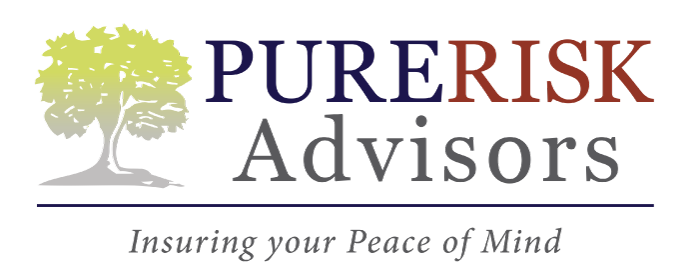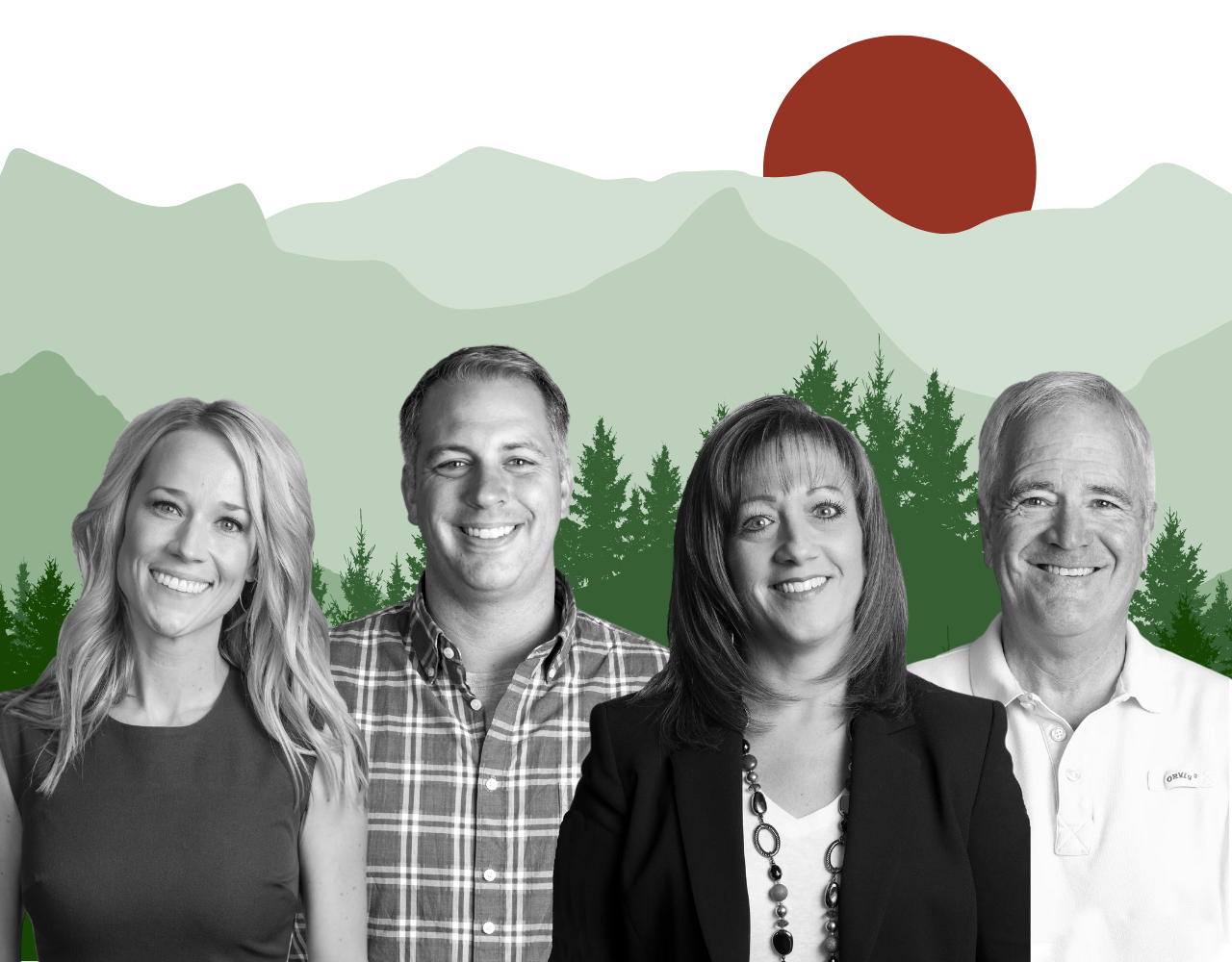Colorado Flood Insurance
9:00am - 5:00pm Mon-Fri
We'll Reply in 15min*
Index
Contact Us
Phone
Location
Flooding is a major concern in Colorado, with its unpredictable weather patterns, mountainous terrain, and susceptibility to heavy rainfall. If you live in Colorado, it is crucial to understand the basics of flood insurance and how it can
protect your home and belongings. This ultimate guide will provide you with all the essential information you need to make informed decisions about flood insurance in Colorado.
Understanding the Basics of Flood Insurance
Before delving into the specifics of flood insurance in Colorado, it is important to grasp the definition and importance of flood insurance.
Floods are natural disasters that can have devastating effects on homes and communities. They can cause extensive damage to your property, leaving you with high repair and replacement costs. Most homeowner's insurance policies do not cover flood damage, making flood insurance a vital component of your overall risk management strategy.
So, what exactly is flood insurance?
Definition of Flood Insurance
Flood insurance is a policy that specifically covers damages caused by flooding. It is separate from your standard homeowner's insurance policy and provides protection against losses due to flooding, whether from heavy rainfall, snowmelt, or overflowing rivers.
When a flood occurs, water can infiltrate your home, damaging the structure, foundation, and contents. Without flood insurance, you may be left to bear the financial burden of repairing or replacing your property on your own.
It is important to note that flood insurance is typically offered through the National Flood Insurance Program (NFIP), which is administered by the Federal Emergency Management Agency (FEMA). This program aims to provide affordable flood insurance to property owners in flood-prone areas.
Importance of Flood Insurance
Given the potential for significant financial loss due to flooding, having flood insurance is crucial for homeowners. By having flood insurance, you can safeguard your home and belongings, ensuring financial protection in the event of a flood.
Here are a few key reasons why flood insurance is important:
- Financial Protection: Flood insurance provides financial protection against the costs associated with flood damage. It can help cover the expenses of repairing or rebuilding your home, as well as replacing damaged belongings.
- Mandatory Requirements: In some areas, flood insurance may be mandatory. If you live in a high-risk flood zone, your mortgage lender may require you to have flood insurance as a condition of your loan.
- Peace of Mind: Knowing that you have flood insurance can give you peace of mind, especially if you live in an area prone to flooding. It allows you to focus on protecting your loved ones and minimizing the impact of a flood on your life.
- Community Resilience: By having flood insurance, you contribute to the overall resilience of your community. When more homeowners have flood insurance, it helps to expedite the recovery process after a flood, as individuals can quickly repair and rebuild their properties.
It is important to understand the specific coverage and limitations of your flood insurance policy. Different policies may have varying deductibles, coverage limits, and exclusions. Consulting with an insurance professional can help you determine the right level of coverage for your needs.
The Specifics of Colorado Flood Insurance
Colorado's unique geography and historical flood incidents necessitate a closer look at the specifics of flood insurance in the state.
Colorado, known for its stunning landscapes and diverse terrain, is also prone to devastating floods. The state's geographical features, including its numerous rivers and lakes, make it susceptible to flash floods and heavy rainfall. In order to protect homeowners and businesses from the financial burden of flood damage, flood insurance plays a crucial role in Colorado.
Colorado's Flood History
Colorado has a long history of devastating floods, leaving a lasting impact on its communities. One of the most infamous floods in Colorado's history is the Big Thompson Canyon flood in 1976. This catastrophic event occurred when a thunderstorm stalled over the canyon, resulting in over 12 inches of rain in just a few hours. The flash flood that followed claimed the lives of 144 people and caused extensive damage to homes, roads, and infrastructure.
More recently, in 2013, Colorado experienced another series of devastating floods along the Front Range. Heavy rainfall over several days caused rivers to overflow, leading to widespread flooding in numerous communities. The damage was extensive, with homes destroyed, roads washed away, and entire neighborhoods submerged under water. The 2013 floods served as a stark reminder of the importance of flood insurance for Colorado residents.
Flood Zones in Colorado
Understanding flood zones is crucial in determining your risk of flooding and the cost of your flood insurance policy. Colorado's flood zones are classified based on various factors, including proximity to rivers, lakes, and other bodies of water. The Federal Emergency Management Agency (FEMA) designates these zones to help homeowners and insurance providers assess the level of flood risk for a particular area.
Colorado's flood zones range from high-risk areas, known as Special Flood Hazard Areas (SFHAs), to moderate and low-risk zones. SFHAs are areas with a higher probability of flooding and are subject to more stringent building regulations and insurance requirements. On the other hand, moderate and low-risk zones have a lower likelihood of flooding, but it's important to note that no area is completely immune to the risk of flooding in Colorado.
When determining your flood insurance needs, it is essential to know the flood zone of your property. This information will help you understand the potential risks and take appropriate measures to protect your investment. Additionally, it will enable you to accurately assess the cost of your flood insurance policy based on the level of risk associated with your property's location.
Deciphering Flood Insurance Policies
Understanding the intricacies of flood insurance policies is vital to ensure you have the right coverage for your needs.
When it comes to protecting your home and belongings from the devastating effects of floods, having a comprehensive flood insurance policy is essential. However, navigating through the complexities of these policies can be overwhelming. To help you make informed decisions, let's delve deeper into the details of flood insurance coverage.
Standard Coverage Vs. Additional Coverage
Standard flood insurance policies typically cover the structure of your home and its essential systems, such as electrical and plumbing, up to a certain limit. This coverage is designed to help you rebuild or repair your home in the event of flood damage. However, it is essential to evaluate your need for additional coverage.
One aspect to consider is coverage for detached structures on your property, such as garages, sheds, or fences. These structures may not be automatically covered under a standard policy, so it's crucial to assess their value and determine if additional coverage is necessary.
Another important consideration is coverage for your personal belongings. While the structure of your home is protected, your furniture, appliances, clothing, and other possessions may not be covered under a standard policy. To safeguard your belongings, it's advisable to opt for additional coverage that includes personal property protection.
Additionally, in the unfortunate event that your home becomes uninhabitable due to flood damage, you may need to find alternative living arrangements. This is where additional living expenses coverage comes into play. It can help cover the costs of temporary housing, meals, and other necessary expenses while your home is being repaired or rebuilt.
Understanding Policy Terms and Conditions
Reading and understanding the terms and conditions of your flood insurance policy is crucial. While it may seem like a tedious task, taking the time to familiarize yourself with the policy details can save you from unexpected surprises and ensure that you have the appropriate coverage.
One important aspect to consider is the deductible. This is the amount you will have to pay out of pocket before your insurance coverage kicks in. Understanding the deductible amount and how it applies to your policy is essential for budgeting and planning purposes.
Another crucial factor to be aware of is the coverage limit. This is the maximum amount your insurance company will pay for flood-related damages. It's important to ensure that the coverage limit is sufficient to cover the potential costs of rebuilding or repairing your home and replacing your belongings.
Waiting periods are another aspect to consider. Some flood insurance policies have a waiting period before they become effective. This means that if you purchase a policy and a flood occurs shortly after, you may not be eligible for coverage during the waiting period. Understanding the waiting period is crucial, especially if you live in an area prone to flooding.
Exclusions are also a crucial part of any insurance policy. These are specific situations or circumstances that are not covered by your policy. It's important to carefully review the exclusions to understand what is not covered, so you can take appropriate measures to protect yourself and your property.
In conclusion, deciphering flood insurance policies requires careful consideration of the coverage options available, as well as a thorough understanding of the policy terms and conditions. By evaluating your needs and familiarizing yourself with the details, you can ensure that you have the right coverage to protect your home and belongings from the devastating effects of floods.
The Cost of Flood Insurance in Colorado
Colorado is a state known for its stunning natural beauty, but it is also prone to natural disasters, including floods. As a homeowner in Colorado, it is crucial to understand the factors that influence the cost of flood insurance. By gaining this knowledge, you can estimate potential premiums and explore ways to lower your costs.
Factors Influencing Insurance Rates
When it comes to flood insurance rates in Colorado, several factors come into play. One of the primary factors is the flood risk of your location. Certain areas in Colorado have a higher likelihood of experiencing floods, which can impact the cost of your insurance policy. Additionally, the elevation of your property plays a significant role. Homes situated in low-lying areas are more susceptible to flooding, resulting in higher insurance rates.
Another factor that insurance providers consider is the age of your home. Older homes may have outdated infrastructure and may not be equipped with modern flood mitigation measures, making them more vulnerable to flood damage. As a result, insurance rates for older homes may be higher compared to newer properties that have been built with flood-resistant features.
Furthermore, the coverage limits you choose can also affect the cost of your flood insurance policy. Higher coverage limits provide more comprehensive protection but may come with a higher premium. It is essential to strike a balance between the coverage you need and the premium you can afford.
Tips for Lowering Your Premium
While flood insurance is essential for homeowners in Colorado, there are strategies you can employ to lower your premiums. One effective method is to elevate your home. By raising the foundation of your property, you can reduce the risk of flood damage and potentially qualify for lower insurance rates.
Implementing flood mitigation measures is another way to lower your premiums. Installing flood-resistant doors and windows, sealing foundation cracks, and utilizing landscaping techniques that promote water drainage can all contribute to reducing the risk of flood damage. Insurance providers often offer discounts for homeowners who have taken proactive steps to mitigate flood risks.
Additionally, choosing a higher deductible can help lower your flood insurance premium. A deductible is the amount you are responsible for paying out of pocket before your insurance coverage kicks in. By opting for a higher deductible, you assume more financial responsibility in the event of a flood, which can result in lower premiums.
Discussing these options with your insurance provider is crucial to ensure you get the coverage you need at a price that suits your budget. They can provide personalized advice based on your specific circumstances and help you navigate the complexities of flood insurance in Colorado.
How to Purchase Flood Insurance in Colorado
Now that you understand the importance and specificities of flood insurance in Colorado, it's time to take the necessary steps to acquire a policy.
Choosing the Right Insurance Company
Selecting the right insurance company is crucial for a smooth and reliable flood insurance experience. Research and compare different insurers, considering their financial stability, customer service, and reputation. A trustworthy insurance provider will guide you through the process and help you understand the coverage options available.
Steps to Acquire a Policy
Acquiring flood insurance in Colorado typically involves contacting your chosen insurance agent or company, providing information about your property, and determining your coverage needs. The process may also include a property inspection to assess flood risk accurately. Working closely with your insurer will ensure a seamless and efficient policy acquisition process.
Now armed with the knowledge and understanding of flood insurance in Colorado, you can be proactive in protecting your home and belongings from the devastating effects of flooding. Take the necessary steps today to secure the flood insurance coverage you need and gain peace of mind in the face of unpredictable weather and natural disasters.


